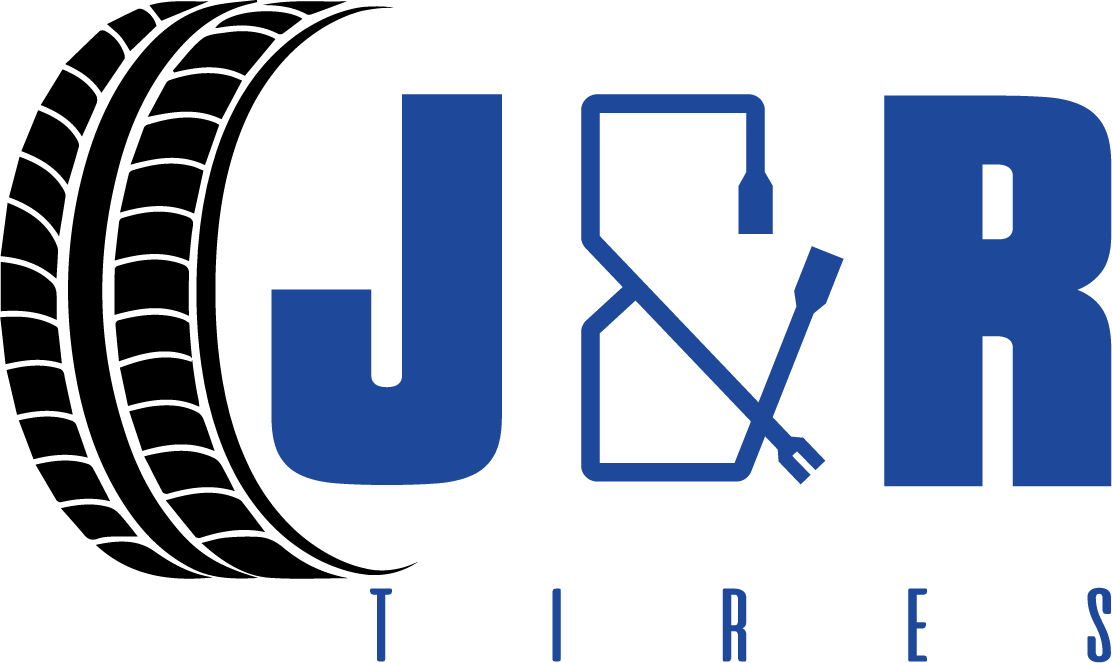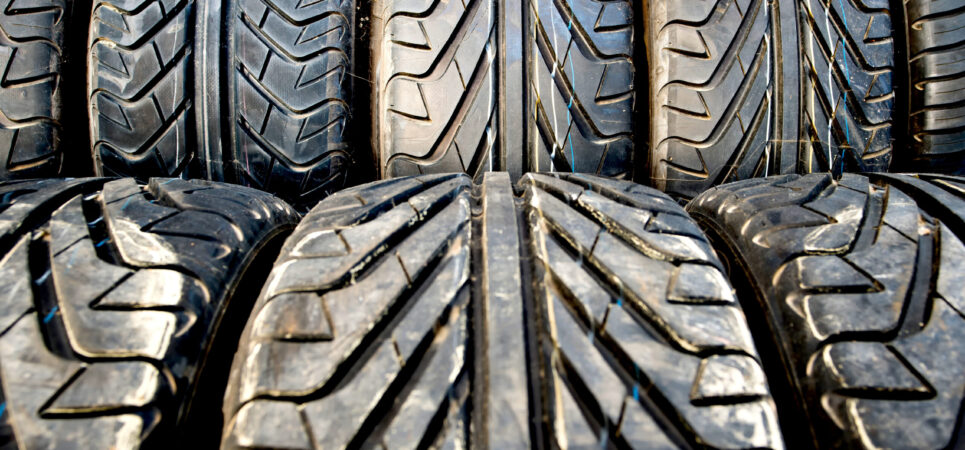Are Used Tires Safe to Buy? Exploring the Benefits
When replacing tires on your vehicle, you might wonder if buying used tires is a safe and viable option. The idea of saving money is appealing, but concerns about safety and reliability often come into play. In this blog post, we’ll delve into the safety of used tires, explore the benefits, and provide practical tips on ensuring you’re making a wise purchase. Whether you’re looking to buy used tires for budget reasons or environmental considerations, this guide will help you make an informed decision.
Understanding the Safety of Used Tires
What Makes a Tire Safe?
Before diving into the specifics of used tires, it’s essential to understand what makes a tire safe. Tire safety primarily revolves around three critical factors: tread depth, sidewall integrity, and overall condition. Tread depth is crucial for maintaining traction on the road, especially in wet or slippery conditions. A tire with sufficient tread depth will grip the road better, reducing the risk of skidding or hydroplaning.
Sidewall integrity is equally important. The sidewalls of a tire are responsible for supporting the vehicle’s weight and absorbing shocks from the road. Any damage, such as cuts, bulges, or cracks, can compromise the tire’s ability to perform these functions, making it unsafe for use.
Lastly, the overall condition of the tire must be considered. This includes checking for any visible damage, such as punctures, uneven wear, or exposure to the elements, which could weaken the tire over time.
How Used Tires Are Inspected
To ensure safety, local used tire shops thoroughly inspect each tire before putting it up for sale. This inspection process is designed to identify and eliminate any potential safety risks. Here’s a closer look at what happens during this inspection:
- Tread Wear Evaluation: Inspectors measure the tread depth to ensure it meets the minimum safety requirements. They also look for signs of uneven wear, which could indicate alignment or suspension issues.
- Sidewall Examination: The sidewalls are carefully checked for any cuts, cracks, or bulges. Even minor damage in this area can render a tire unsafe for use.
- Age Check: Tires have a lifespan, typically around six to ten years. Inspectors check the tire’s manufacturing date to ensure it’s still within a safe range.
- Overall Condition Assessment: The tire’s overall condition is evaluated, including checking for punctures, previous repairs, or exposure to harsh conditions like extreme heat or chemicals.
By following these rigorous inspection procedures, tire shops can confidently offer high-quality used tires that are both safe and reliable.
The Benefits of Buying Used Tires
Cost-Effectiveness
One of the most compelling reasons to buy used tires is the significant cost savings. Used tires are often available at a fraction of the price of new ones, making them an attractive option for budget-conscious consumers. Whether you’re replacing a single tire due to a puncture or outfitting your entire vehicle, the savings can be substantial.
It’s important to note that saving money doesn’t mean compromising on quality. As mentioned earlier, used tires undergo a thorough inspection process to ensure they meet safety standards. This means you can enjoy the benefits of affordable tires without sacrificing safety or performance.
Environmental Impact
In addition to cost savings, buying used tires has environmental benefits. When you purchase used tires, you’re helping to reduce waste by giving those tires a second life. This not only conserves resources but also minimizes the environmental impact associated with manufacturing and disposing of tires.
By choosing to buy used tires, you’re making a more sustainable choice that contributes to reducing your carbon footprint. It’s a small but meaningful way to do your part for the environment while still meeting your vehicle’s needs.
Access to High-Quality Brands
Another benefit of buying used tires is the opportunity to purchase high-quality used tires from premium brands at a lower cost. Many consumers opt for top-tier tire brands for their superior performance, durability, and safety features. However, these brands often come with a hefty price tag when purchased new.
By opting for used tires, you can access these premium brands without breaking the bank. This allows you to enjoy the benefits of high-quality tires while still saving money.
Myths vs. Facts: Addressing Common Concerns
Myth: Used Tires Are Less Reliable
One of the most common misconceptions about used tires is that they are less reliable than new ones. However, this isn’t necessarily true. As long as the tires have been properly inspected and meet safety standards, they can be just as reliable as new tires.
Many used tire shops take great care in selecting and inspecting their inventory, ensuring that only the best tires make it to the sales floor. By purchasing from a reputable shop, you can have confidence in the reliability of your used tires.
Myth: Used Tires Are Unsafe
Another myth is that used tires are inherently unsafe. While it’s true that some used tires may be unsafe due to damage or excessive wear, reputable new and used tire shops take the necessary precautions to ensure that only safe tires are sold. As mentioned earlier, the inspection process is rigorous and designed to eliminate any tires that pose a safety risk.
When you buy used tires from a trusted source, you can rest assured that they have been thoroughly vetted for safety.
Myth: Used Tires Don’t Last Long
Some people believe that used tires have a shorter lifespan than new ones. While it’s true that used tires may have less tread life remaining compared to new tires, this doesn’t mean they won’t last. In fact, many used tires still have plenty of tread life left and can provide reliable service for thousands of miles.
By choosing high-quality used tires and maintaining them properly, you can extend their lifespan and get the most value for your money.
Tips for Safely Purchasing Used Tires
Buy from Reputable Sellers
When it comes to buying used tires, the most important step is to purchase from a reputable seller. Used tire stores that specialize in used tires are your best bet, as they have the expertise and equipment needed to thoroughly inspect and certify the tires they sell. Look for shops with good reviews and a solid reputation in the community.
Know What to Look For
Before making a purchase, it’s essential to know what to look for in a used tire. Key factors to consider include tread depth, uniform wear, and the absence of damage such as cuts or punctures. Don’t hesitate to ask the seller about the tire’s history, including any previous repairs or the age of the tire.
Ask for a Warranty
Some tire shops offer warranties on their used tires, providing additional peace of mind. A warranty can protect you in case of unexpected issues with the tire and is a good indicator that the shop stands behind the quality of its products. If a warranty is available, it’s worth considering, even if it comes at a slightly higher price.
Conclusion
In conclusion, the answer to the question “Are used tires safe to buy?” is a resounding yes—provided you take the necessary precautions. By purchasing from a reputable local used tire shop and following the tips outlined in this guide, you can enjoy the benefits of high-quality used tires without compromising safety.
Not only will you save money, but you’ll also be making an environmentally conscious choice that reduces waste and conserves resources. So, the next time you need to replace your tires, consider opting for used tires. You’ll find that they offer a perfect balance of affordability, safety, and sustainability.
Remember, when you buy used tires, you’re not just saving money—you’re making a smart, safe, and eco-friendly decision that benefits both your wallet and the planet.





